For centuries, elephants in Thailand have been a huge contributor to Thai society and are the country’s official national animal.
With the numbers decreasing rapidly, the Asian elephant is now an endangered species.
The significant drop in numbers of elephants in Thailand coincides with the increase in the human population, which brought with it a reduction in their natural habitat.
Despite contributing to the drop in numbers, some believe that Thailand’s tourism will help maintain the numbers of domesticated elephants.

Regardless of this controversial topic and whether elephants can or should be domesticated, the biggest concern is the welfare of these elephants.
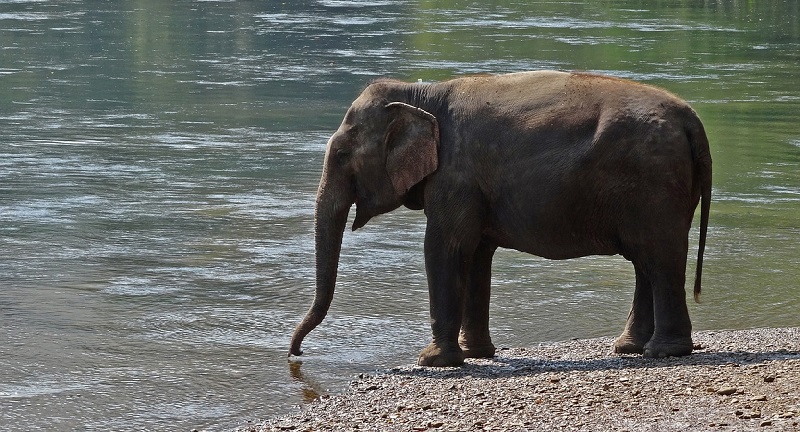
Don’t fund the mistreatment of elephants in Thailand
As a Buddhist country, elephants are considered sacred animals. Yet, tourism has led to domesticated elephants being kept in poor conditions, forced to work long hours, carry weight over their physical limit and being subject to abuse.
An elephant’s spine is not designed to carry a metal chair and sometimes up to 4 people!
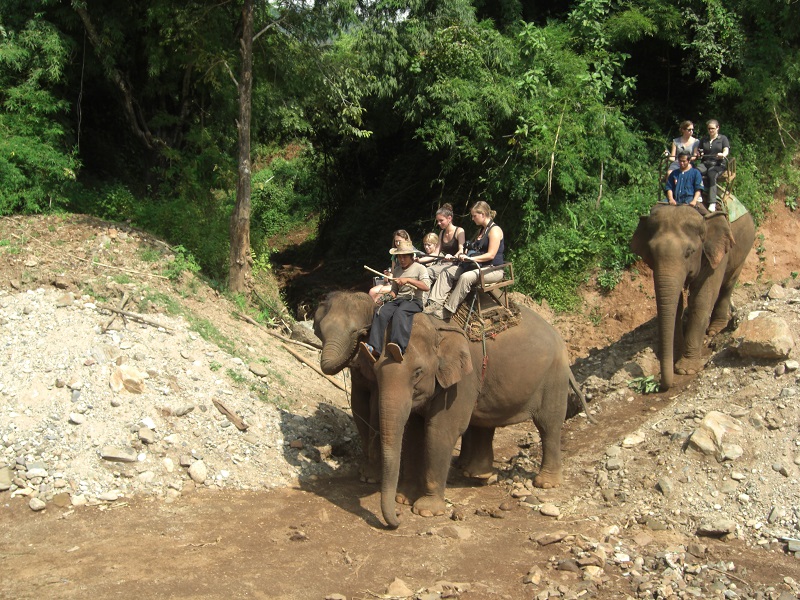
Shamefully, we did an elephant trek back in 2010 on our honeymoon. I don’t remember considering whether these beautiful animals taking us on our adventure through the jungle were well cared for.
Naively, I assumed that these gentle, friendly giants lived in harmony with humans. Maybe even enjoying their work, carrying tourists on what is probably an incredibly repetitive route that they are forced to make numerous times a day… all day, every day.
7 years later, we returned to Thailand much wiser and did our research…
If you want to read about our complete 2 week Thaiand itinerary, click here or on the picture below…
Disclaimer: This post contains affiliate links, which means we may receive a commission if you click a link and purchase something that we have recommended. While clicking these links won’t cost you any extra money, they will help us keep this site up and running! Thank you for your support!
If you’re visiting Thailand, seeing the elephants is probably on your list of things to do… and so it should be!
It’s easy to find cheap elephant rides, treks and other elephant experiences in Thailand – tourism has made it a lucrative industry for Thai people.
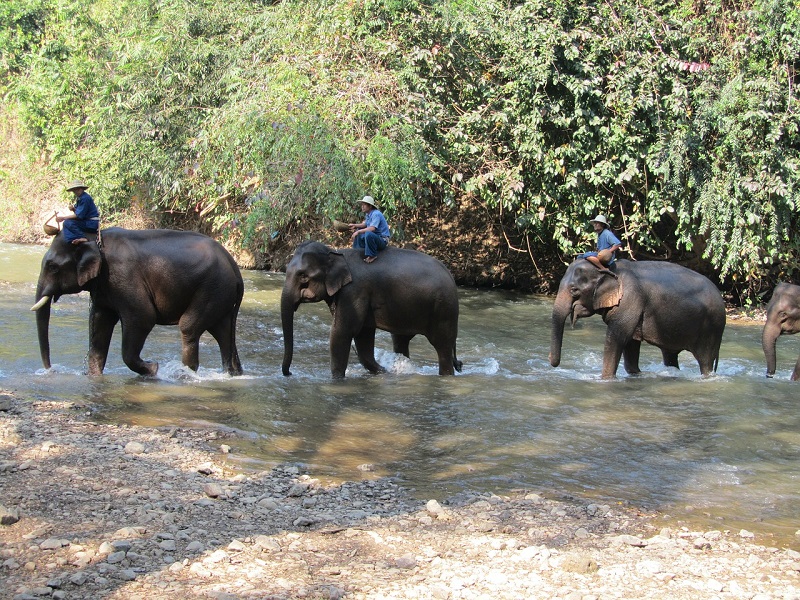
The elephants may appear to be well cared for, happy and have a good relationship with their mahout (elephant rider/trainer/keeper).
However, in order to tame and train these beautiful animals, many undergo torture and deprivation to force them into submission.
If you want to see elephants in Thailand, I would urge you NOT to pay for elephant rides, treks or other experiences.
Instead, research elephant rescue centres and offer to volunteer or take part in ethical activities in exchange for a donation to support the care of the elephants.
If you want to see elephants in Thailand, Hutsadin Elephant Foundation is a non-profit organisation that rescues and cares for abandoned elephants.
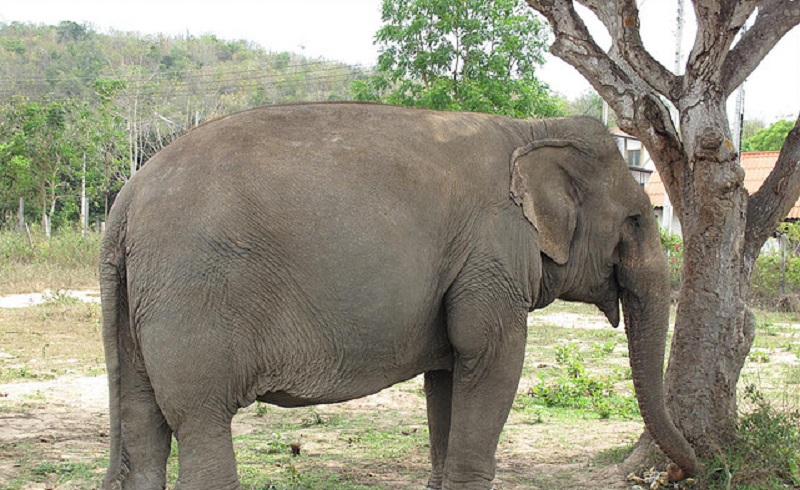
Why we chose Hutsadin Elephant Foundation
We came across the Hutsadin Elephant Foundation on the internet whilst researching ethical elephant experiences near Hua Hin.
Approximately 200 kilometres south-west of Bangkok, Hua Hin is a popular beach resort for the Thai’s but less popular with tourists.
For this reason, we thought elephant tourism may be less prevalent and elephants in camps or sanctuaries may be well cared for.
Hutsadin Elephant Foundation is a non-profit organisation that rescues elephants abandoned by their owners due to ill health, old age or because they cannot work anymore.
The foundation employs a small team of staff to help run the foundation and a mahout responsible for the care of each elephant.
All funds received go directly towards looking after the elephants and running the foundation.
How to get to Hutsadin Elephant Foundation
There are daily trains from Bangkok to Hua Hin which take approximately 4 hours and are inexpensive. If you just want to visit for the day, hiring a car may make a day trip more realistic. Click on the banner below for car hire prices
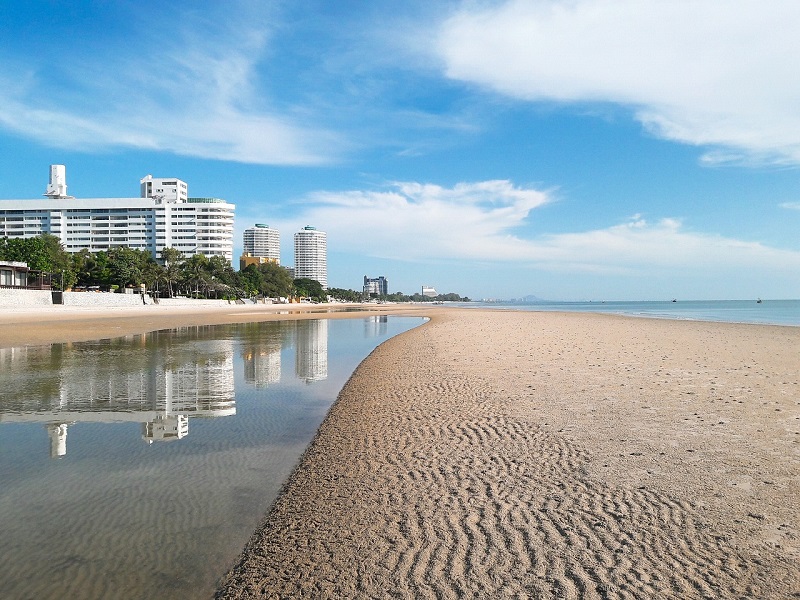
We stayed one night in Hua Hin and then a further 3 nights in neighbouring Khao Sam Roi Yot National Park, which is absolutely stunning.
Both our hotel in Hua Hin – Asira Boutique HuaHin and villa in Sam Roi Yot – Oriental Beach Pearl were amazing, luxurious and great value – I would highly recommend them.
From Hua Hin, Hutsadin Elephant Foundation is less than 5 kilometres away and there are plenty of taxi drivers willing to take you there.
Hutsadin Elephant Foundation treat their elephants like family
Right from the moment we entered Hutsadin, it was clear that the place, its staff and volunteers are committed to the care and wellbeing of the elephants.
We were looked after by an English speaking volunteer called Jan who spent a long time educating us on the foundation, the importance of the work it does and of course, their beloved family of elephants.
Jan is an incredibly passionate lady who clearly has a lot of love for the elephants. Admiringly, Jan told us her story of how she gave up her life in England to come and live in Thailand and volunteer full time at Hutsadin Elephant Foundation.

Ethical activities at Husadin Elephant Foundation
Visitors can take part in as little or as much as they want to with no pressure to do anything more than just visit.
Hutsadin offers activities that promote a close interaction with the elephants such as walking with an elephant, showering and feeding them.
They don’t allow trekking with caged seats as this is less enjoyable for the elephants, but you can take a bareback ride – see the webpage for more information and costs.
They are also keen to educate visitors on Asian elephants and offer educational talks.
Jan talked us through the different activities and prices but at no point did we feel pressured… although it’s hard to say no to buying the elephants some fruit when you see how much they love it!

Meeting the family of elephants
What we enjoyed most was meeting each elephant and learning their names, age, personality, history and story of how they were rescued.
It’s heart-breaking to hear the stories of their traumatic pasts, but being able to see the happy environment they now live in and how well they are cared for makes it all worth it.
Jan took us to meet every member of their elephant family, telling us all about their characters and things they like. Some of them, we were able to feed and stroke and they clearly loved the company of people. Others were more wary of people, most probably an indication of their traumatic past (elephants never forget).

Many of the elephants have conditions or injuries that require medication, special diets and care.
It’s not just about caring for the elephants but their wellbeing too…
The elephants are given whatever makes them happy whether that be plenty of time to forage in the forest areas at the foundation or special treats such as yummy sticky rice and coconut oil massages.
Cuddles with the sweet natured Song Kran
Song Kran was the elephant we had most fun and interaction with. At 9 years old, she was incredibly playful and clearly loved people, offering plenty of hugs out.
Our eldest (4 years old at the time) fell in love with her straight away and enjoyed feeding her bananas, whereas our youngest (11 months old) was happy to keep a little distance.

Our final thoughts
If you visit the Hutsadin Elephant Foundation, it’s impossible not to become attached to the elephants and respect the work that the foundation does.
We left feeling sad that so many elephants get mistreated and abused. Whilst at the same time, we had an incredible experience with the elephants.
It’s so easy to take part in elephant activities without knowing how ethical they are. Make sure you do your research and choose to visit sanctuaries or refuges that do not profit from funds or donations.
Doing this will ensure you get a much more intimate, educational and rewarding experience with the elephants.
Your support will go towards the care and wellbeing of rescued elephants and not the tourism that creates a requirement for such care.

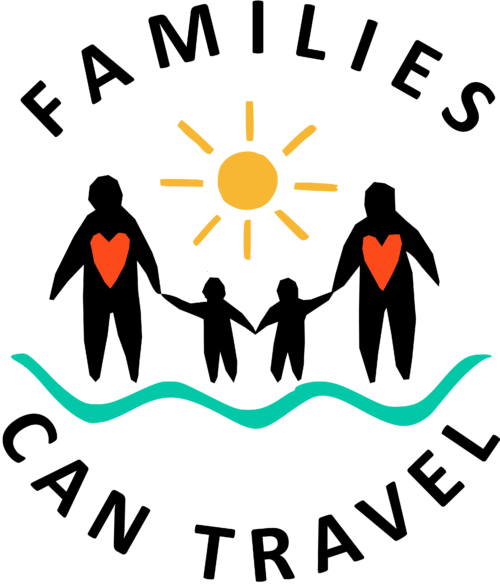
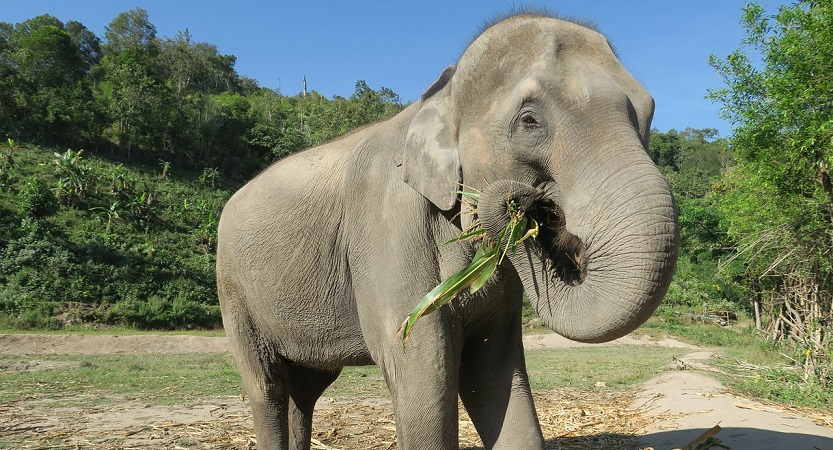
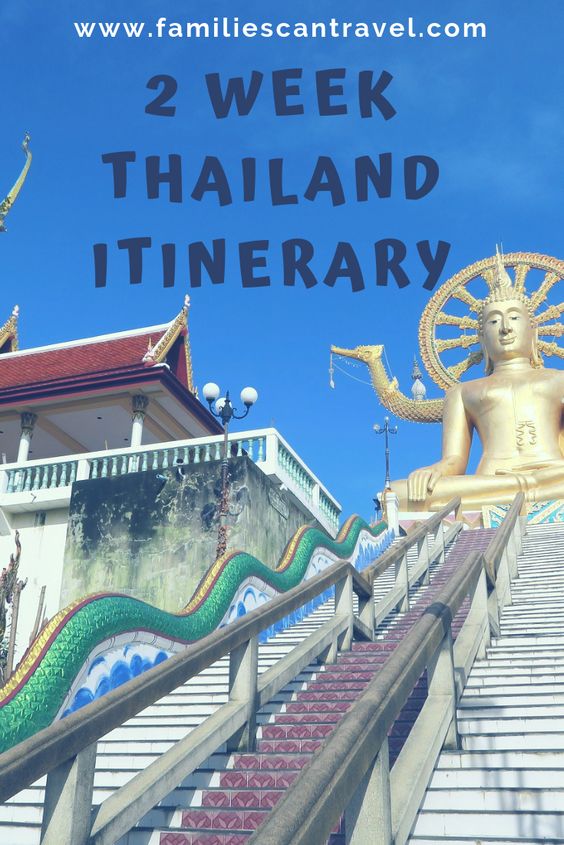



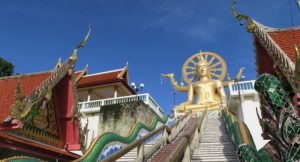
This is such an interesting post Gemma, thank you so much for sharing this. It sounds like an amazing experience to be able to walk, shower and feed an elephant whilst knowing they are being treated well. It sounds much more rewarding and enjoyable than a trek which may be causing them distress. Thanks so much for raising awareness on these issues and glad you had a great experience <3 xx
Bexa | http://www.hellobexa.com
Hi Bexa, thanks so much for your comment! I’m glad you found it interesting and worth raising awareness about. It’s definitely something that I think people should educate themselves on if planning on visiting Thailand. When we visited 10 years ago, I assumed that the elephants were well looked after and it was only when we visited Hutsadin, my eyes were opened to the horrendous treatment that some of them are subjected to. Very sad 🙁 but Hutsadin allows you to help care for elephants that are no longer useful for tourism because they are ill or too old – seeing them now happy and well cared for is rewarding 🙂 xx